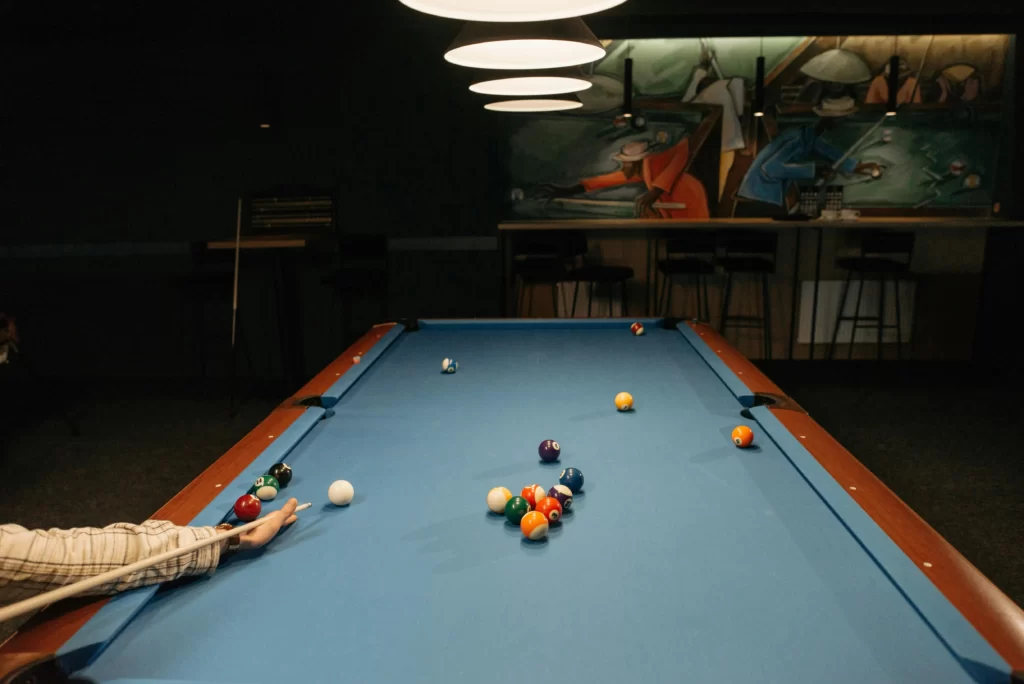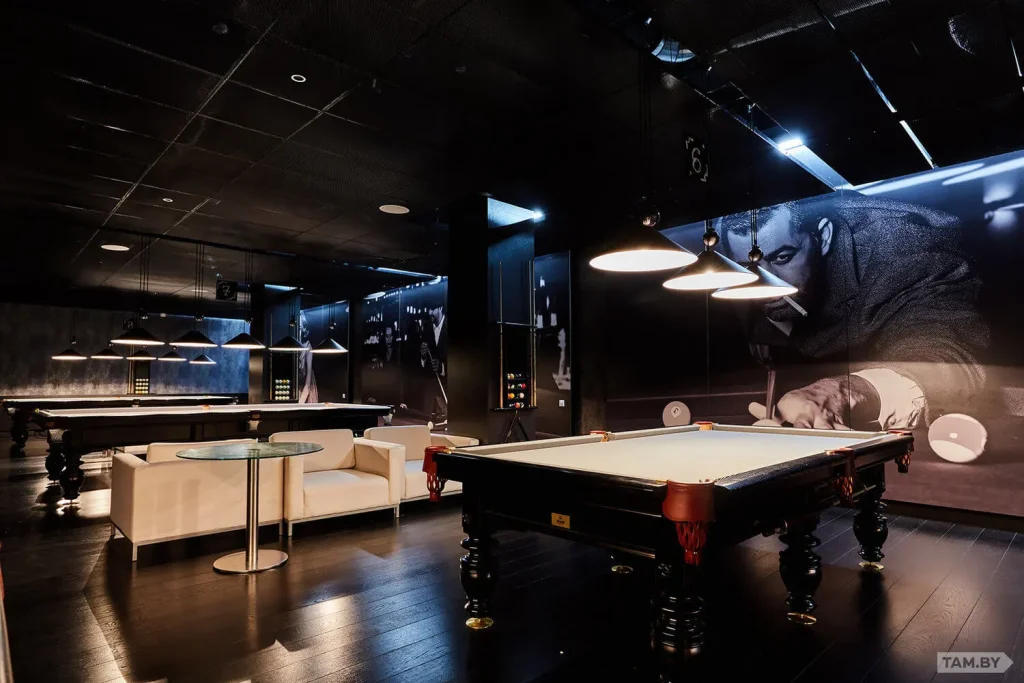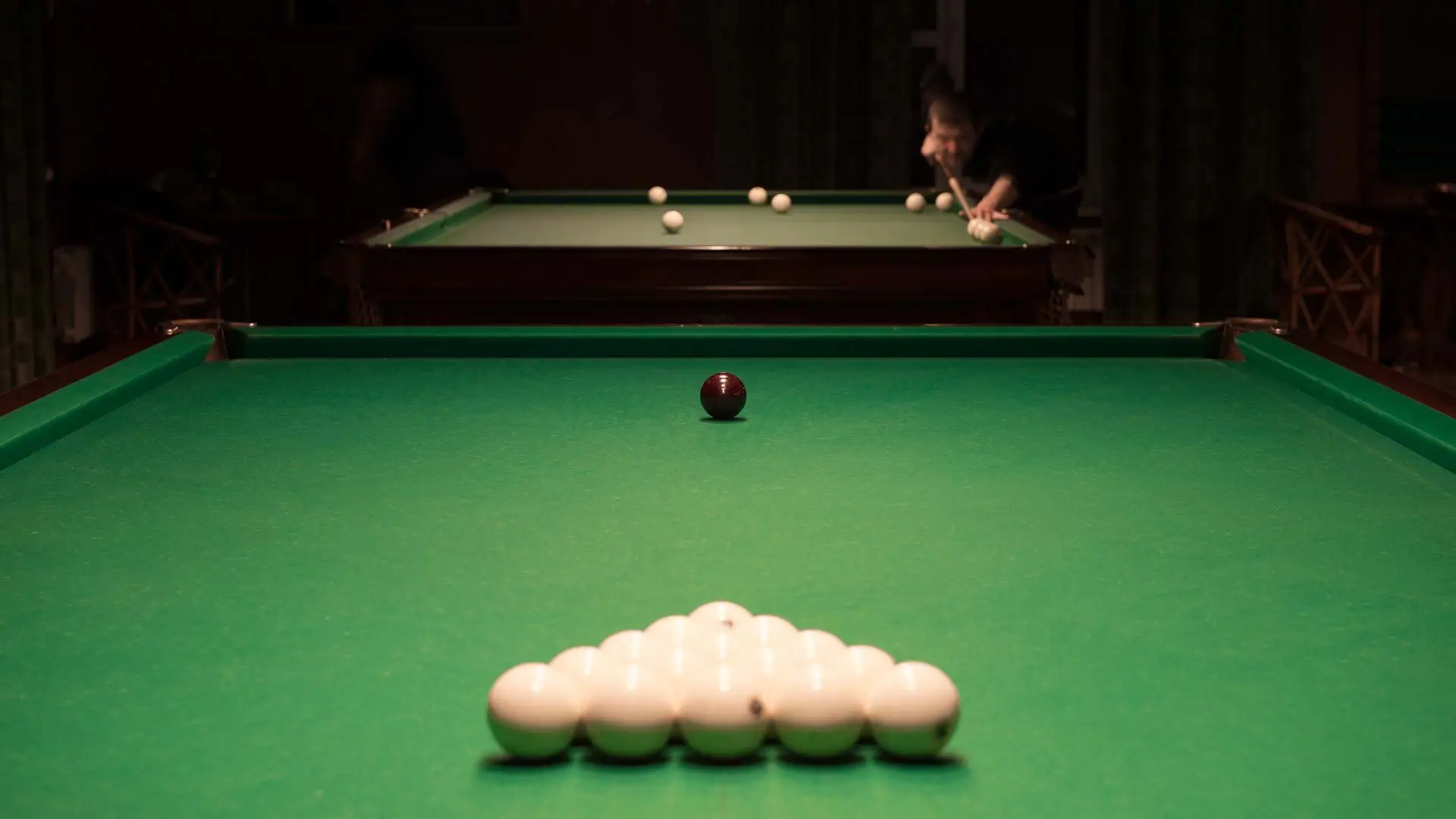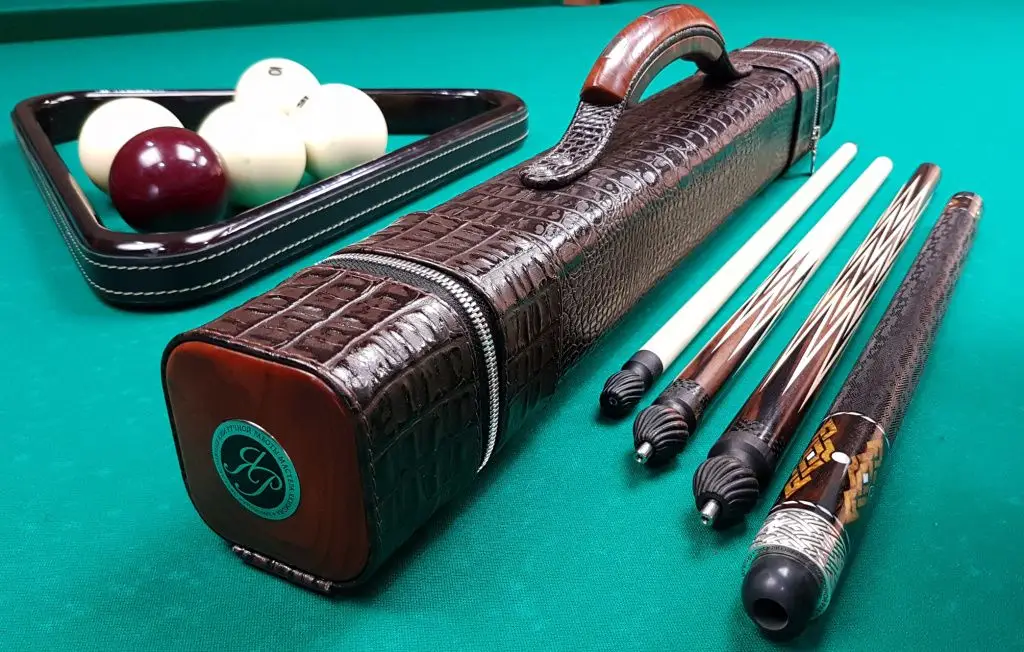Billiards has gained a cult status due to its combination of skill, logic and subtle strategy. Many consider its rules too complicated and off-putting, but in fact the game is quite simple. The goal in billiards is to pocket the balls using a cue and following certain rules. There are several variations of the game, and each has its own characteristics, but the essence remains the same.
How to play billiards: step by step to victory
At the beginning of each game, it is necessary to break the pyramid of balls on the table, which is called a “break”. The quality of the break determines how comfortable the position for the first strike and for the entire subsequent game will be. The cue should be positioned so that you can easily aim and confidently make the first strike. The rules of the game of billiards include mandatory adherence to the sequence of moves. Balls are pocketed strictly in turn, based on specific game conditions, such as the color and number of the ball.

The goal of each strike is accuracy. To succeed, you need to understand key points such as the position on the table, the angle of impact, the force of the cue and possible ricochets. Billiards, like chess, requires you to predict several moves ahead. But here, instead of pieces on the board, the player uses balls, and instead of a table – a special cloth that does not forgive mistakes.
Basic techniques for successful play:
- Carefully choose the position of the cue for the break.
- Calculate the force of the blow to avoid ricochets.
- Always consider possible obstacles on the way to the pocket.
Types of billiards: what to choose
 There are several types of billiards, each of which is unique in terms of rules and approach to the game. The most popular varieties are Russian billiards, pool and snooker. The first is highly complex and demanding of skills. Pool, on the contrary, is aimed at beginners and offers simpler conditions. Snooker is something in between, combining elements of strategy and entertainment.
There are several types of billiards, each of which is unique in terms of rules and approach to the game. The most popular varieties are Russian billiards, pool and snooker. The first is highly complex and demanding of skills. Pool, on the contrary, is aimed at beginners and offers simpler conditions. Snooker is something in between, combining elements of strategy and entertainment.
The rules of the game of billiards may differ depending on the variety. For example, in snooker, the main goal is to pocket red balls and alternate them with colored ones, scoring the maximum number of points. The game is more spectacular due to the combinations that players build throughout the session.
Russian billiards rules: the art of accuracy
Here, a set of 16 identical balls is used, which differ only in numbers. Players can pocket any of them, the main thing is that the hit is accurate and performed in accordance with the rules.
One of the key features of Russian billiards is that the player must announce the pocket before the shot, indicating which ball and which pocket he plans to pocket. The game requires high precision and calculation, because the pockets are made with minimal tolerances.
The Russian version is called the most difficult precisely because of the need to combine the power of the blow with incredible precision. The rules of the game of billiards here strictly regulate even the touches of the cue, mistakes can lead to a foul.
Rules of American billiards: ease and dynamics
The rules of pool are distinguished by their accessibility and simplicity, which makes it attractive for beginners. The game is played with 15 multi-colored balls and a white cue ball. Players alternate shots, trying to pocket either balls numbered 1 to 7, or those from 9 to 15.
Each hit in a pocket brings points, and the goal is to score more than your opponent. In pool, there is a greater likelihood of accidents, which makes the game dynamic and exciting. The rules related to the order of moves are also used here, but they are simpler compared to the Russian version. The main thing is to pocket your ball and not break the rules of the game of billiards regarding the order of strikes.
Billiards for beginners: what you need to know
First, you need to choose the right cue. The right tool has a weight that matches the player’s skills and is balanced. Then you need to master the correct stance and grip of the cue. Players who start with the wrong stance often have difficulty controlling the strike.
Practice is an important element of learning. The ability to correctly mark the trajectory of the strike, choose the angle and force of the cue takes time. It is important to take into account that the rules of the game of billiards also include fouls, which beginners should avoid. Having learned to avoid touching other balls and correctly choose the sequence of strikes, you can significantly improve your level of play.
Tips for choosing a cue and table for beginners:
- cue: you should choose taking into account the weight and length that correspond to the player’s skill level;
- the table should have high-quality cloth and stable sides for comfortable play.
Billiards terms you need to know
Without knowing the terminology, it will be difficult to understand the nuances and confidently follow the rules of the game of billiards:
- The cue is the main tool for the game, it should be comfortable and suitable in length and weight.
- Break is the first hit in the game, when the player tries to break the pyramid of balls.
- Foul is a violation of the rules that entails a penalty, for example, passing the turn to the opponent.
- Cue ball is a white ball that players use to direct other balls into the pockets.
Common mistakes of beginner players
Avoiding these mistakes and carefully following the rules of the game of billiards, you can quickly achieve progress and enjoy the process of the game:
- Incorrect stance: one of the most common reasons for misses.
- Excessive force of the blow: many beginners think that a strong blow is the key to success.
- Inattention to the position of the balls on the table: lack of analysis prevents you from building a strategy.
Watch how you play to see if you are making key mistakes or not.

Conclusion
 The rules of billiards may seem complicated at first glance, but with careful attention and regular practice they are easily learned and become the basis of an exciting and intelligent game. Billiards requires precision, patience and strategic thinking. The best way to master the game is to take a cue and try your hand at it, applying all the acquired knowledge in practice.
The rules of billiards may seem complicated at first glance, but with careful attention and regular practice they are easily learned and become the basis of an exciting and intelligent game. Billiards requires precision, patience and strategic thinking. The best way to master the game is to take a cue and try your hand at it, applying all the acquired knowledge in practice.
 en
en  ru
ru  de
de  ar
ar  es
es  nl
nl  hi
hi  fr
fr  it
it  pt
pt  el
el 



